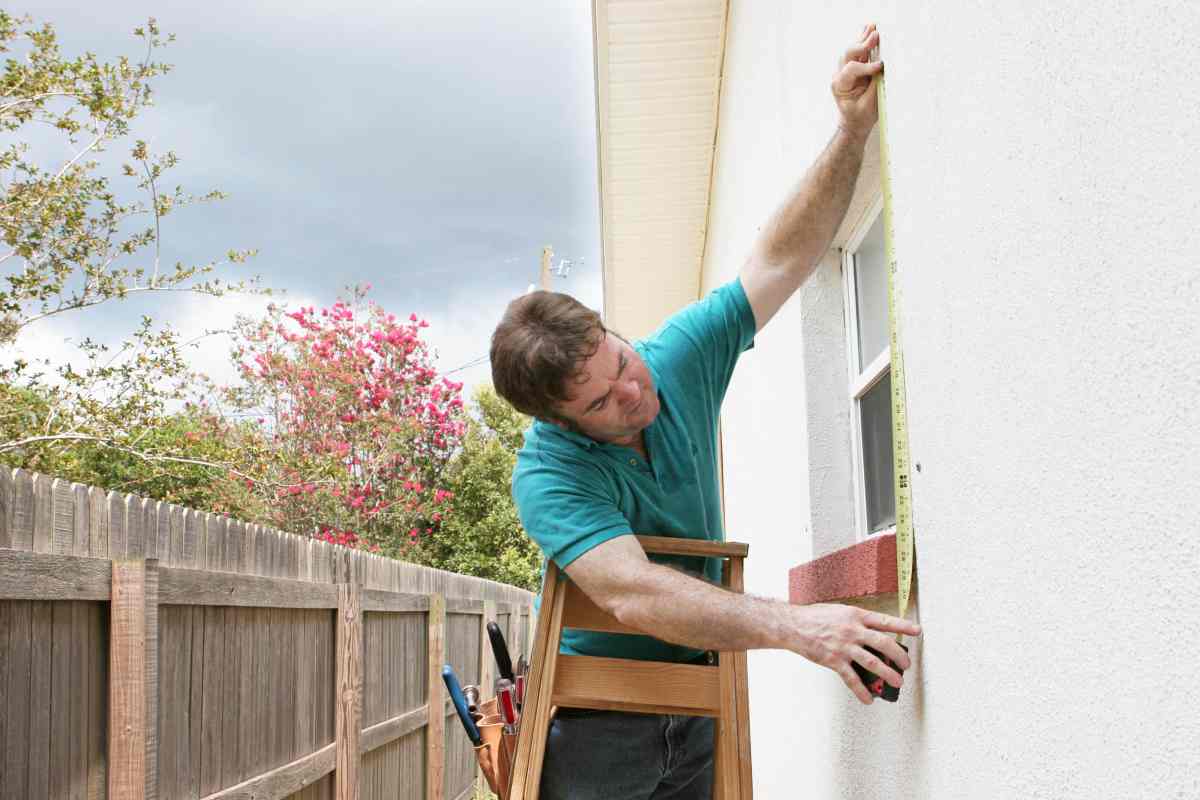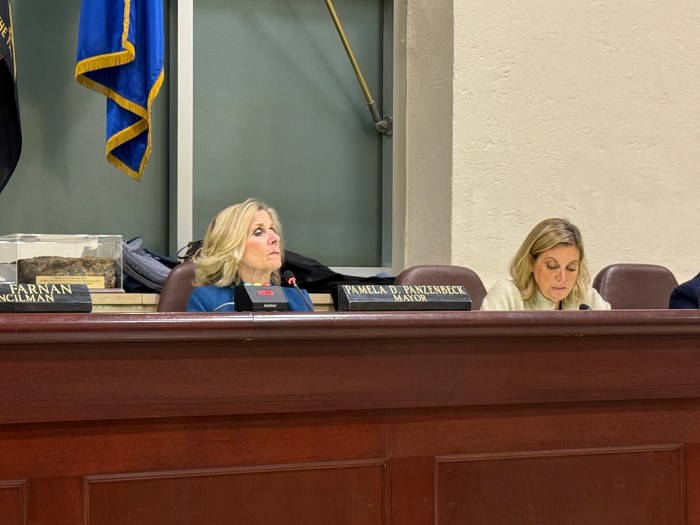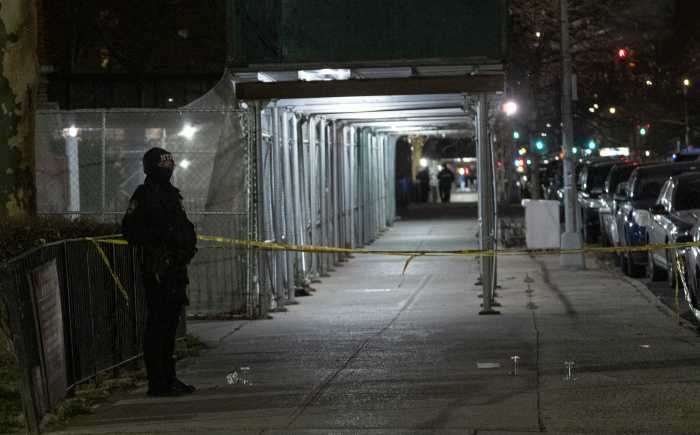Ongoing efforts to repair catastrophic wind and flood damage that Superstorm Sandy brought to Long Island six years ago this month are a lingering reminder of the region’s vulnerability to severe weather.
Many homeowners — especially those with waterfront property — have hired contractors to perform such storm-hardening work as raising houses up on posts, installing backup power generators, and upgrading to impact-resistant windows or shutters. But others simply repaired the damage done without better protecting their homes from inevitable damage the next time a major storm rolls ashore.
“We know that it’s not if, but when, a disaster will strike,” says Nicolette Louissaint, Ph.D., executive director of Healthcare Ready. “Disasters can be unpredictable and cause widespread destruction across communities, so it is essential individuals do their part and prepare as much as possible.”
Although 72 percent of Americans think natural disasters are occurring more often, fewer than a quarter have prepared their homes for severe weather, according to a study the Property Casualty Insurers Association of America released last year. Only 22 percent of Americans have a disaster response plan, 18 percent have conducted a home inventory, and 23 percent have taken action to mitigate storm damage their property, the study showed.
While the Atlantic Hurricane Season peaks in late August and early September, as Sandy showed when it hit days before Halloween, a late-season tropical cyclone is still possible, albeit less likely. After all, the season runs June 1 to November 30.
So what else can residents do to prepare their homes for a major storm beyond the oft-repeated personal-protection directives to charge mobile devices, clear yards of potential projectiles, have an evacuation plan, take out cash, and pack a storm kit for worst-case scenarios?
Insurance experts suggest residents take an inventory of valuables that could become damaged in the event of having to report a loss. This can include taking photos of those valuables. Homeowners and renters should also talk with their insurer before a storm hits in order to be clear on what types of damage are covered, as most policies do not cover flooding.
“Having flood insurance meant having one thing less to worry about,” said Rupi Prasad, who lost almost everything in Hurricane Harvey.
In addition, there are several basic steps that homeowners can take to help prevent or minimize the impact of flooding, according to the Federal Emergency Management Agency. The agency suggests homeowners that live in a high-flood-risk area elevate their furnace, water heater and electric panel.
FEMA also recommends installing “check valves” to prevent floodwater from backing up into drains. And homeowners can seal walls in their basement with waterproofing compounds. But what is one to do if the next storm comes sooner than a contractor can complete such projects? Sandbagging basement doors and any other ground-level doorways during the storm event is a perfectly acceptable stop-gap measure.
And although as a coastal area LI is more likely to face flooding, as the recent tornado that touched down in Ronkonkoma showed, residents should not discount the threat of wind damage, either.



























